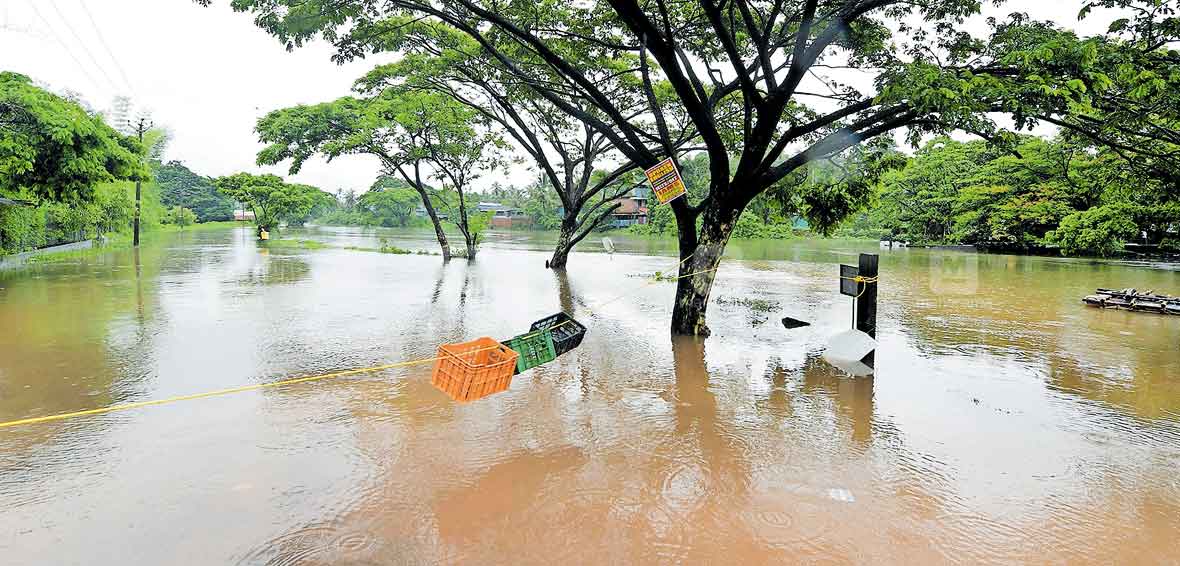
Light particles (photons) travel from the sun towards solar panels, which contain solar cells.Note: While solar panels do not produce any pollution, as with everything, their manufacture can.
#Rain science infographic generator#
The generator turns the kinetic energy of the wind into electrical energy.
 The gearbox provides a connection between the low-speed shaft and the generator. The blades turn a low-speed shaft inside the turbine. Kinetic energy of the wind causes the rotor blades of a wind turbine to turn. Note: There are some concerns about sub-sonic noise but it has yet to be proven that it impacts people directly. High pressure water drives a turbine that operates an electricity generator. Water flows down a pipeline towards a power station near the bottom of the hill, so the water is then under high pressure. Rain falls and is collected in a dam close to the top of a hill. Sun energy causes water to evaporate from oceans to form clouds. Note: Building dams can disrupt rivers and create environmental problems. The turbine drives a generator, which turns the original heat energy into electricity. The steam is funnelled toward a turbine, making it turn. Water is piped through the furnace, heating up into pressurised steam. Fossil fuel (such as coal, natural gas or oil) is burned in a furnace, turning chemical energy into heat. Note: Burning fossil fuels emits pollutants that contribute to climate change.
The gearbox provides a connection between the low-speed shaft and the generator. The blades turn a low-speed shaft inside the turbine. Kinetic energy of the wind causes the rotor blades of a wind turbine to turn. Note: There are some concerns about sub-sonic noise but it has yet to be proven that it impacts people directly. High pressure water drives a turbine that operates an electricity generator. Water flows down a pipeline towards a power station near the bottom of the hill, so the water is then under high pressure. Rain falls and is collected in a dam close to the top of a hill. Sun energy causes water to evaporate from oceans to form clouds. Note: Building dams can disrupt rivers and create environmental problems. The turbine drives a generator, which turns the original heat energy into electricity. The steam is funnelled toward a turbine, making it turn. Water is piped through the furnace, heating up into pressurised steam. Fossil fuel (such as coal, natural gas or oil) is burned in a furnace, turning chemical energy into heat. Note: Burning fossil fuels emits pollutants that contribute to climate change. 
how do we actually harness energy from these sources? Fossil fuel

It’s all well and good to speak about the pros and cons of fossil fuels, or solar energy, or hydro, or wind, but, hang on.







 0 kommentar(er)
0 kommentar(er)
